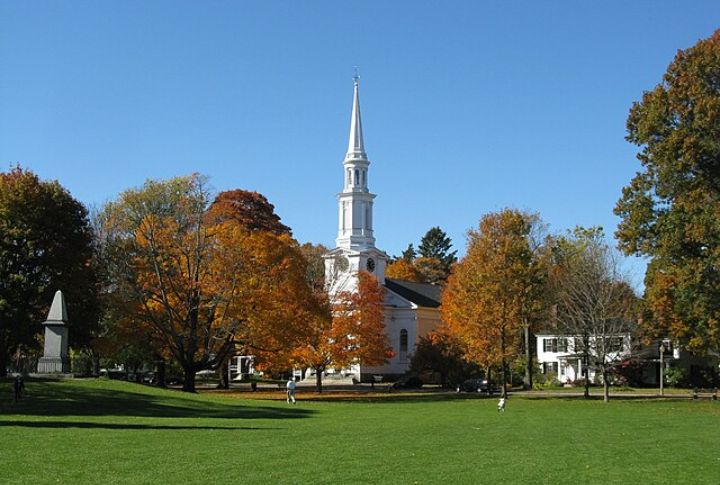
Massachusetts hums with stories. Some proudly told, others buried beneath layers of time. The scent of salt from the Atlantic mingles with the crisp air of colonial towns, where echoes of the Revolution still stir in cobblestone streets. But if history had a heartbeat, you’d hear it strongest in Lexington. Let’s see what makes this town so special.
The First Shot
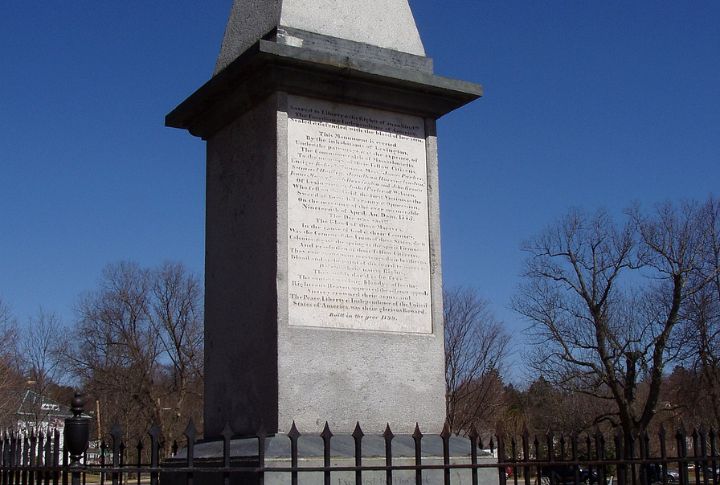
On April 19, 1775, the first shot of the American Revolution was fired on Lexington Battle Green. Yet, debates persist about who pulled the trigger. Was it a nervous militiaman or a brash British soldier? The true origin remains one of history’s enduring mysteries.
Buckman Tavern
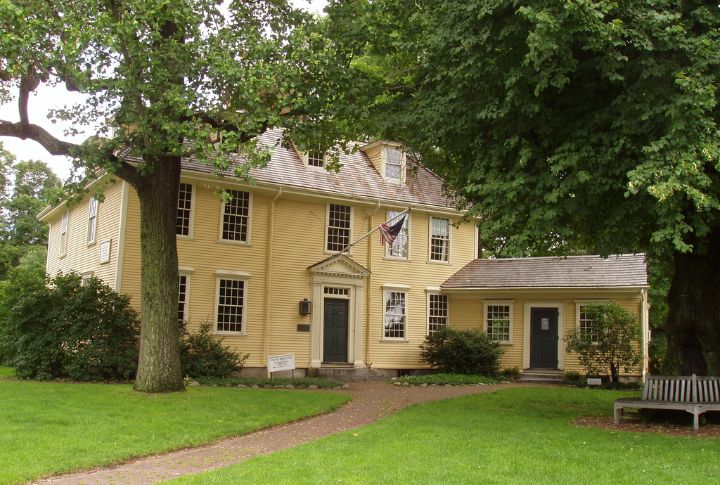
Built in 1710, Buckman Tavern served as a gathering spot for locals and travelers. Patriots convened here before confronting British troops. Some say the tavern’s walls still whisper secrets of revolutionary plots and clandestine meetings.
Parker’s Revenge
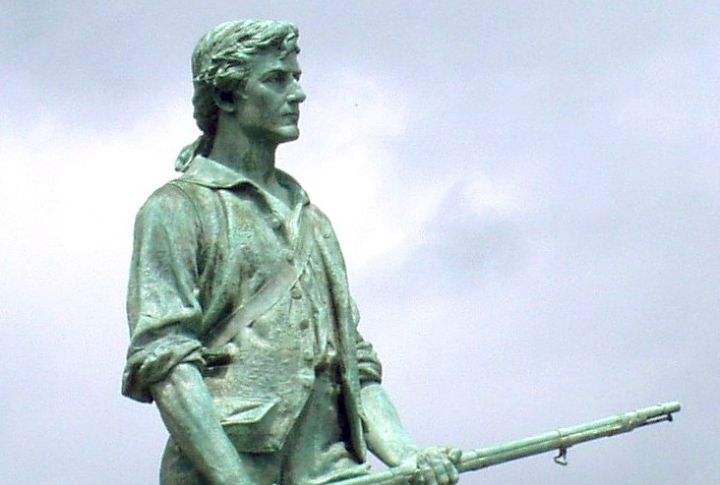
Captain John Parker led the Lexington militia with unwavering resolve. After the initial skirmish, he planned a counterattack called “Parker’s Revenge.” However, details of this encounter are scarce, and its exact location remains a topic of archaeological intrigue.
Battle Green
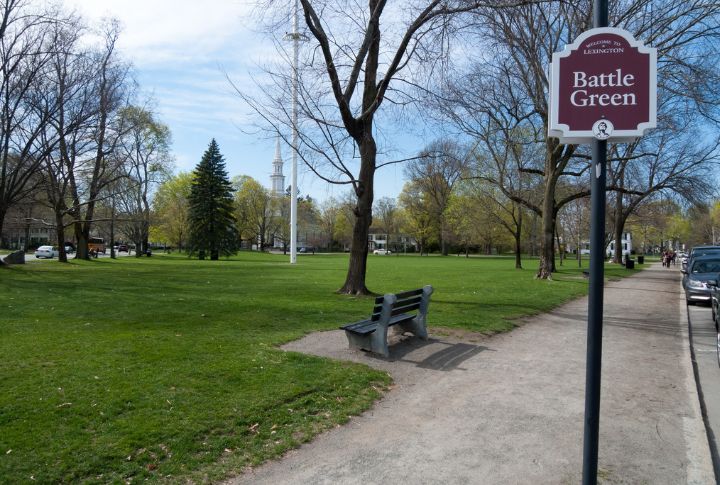
Lexington Battle Green holds the weight of history. It is where the Revolution took its first breath. Ghost stories may swirl, but the real presence is the past itself. Here, colonial militia met British troops and, in a single moment, reshaped a nation.
Munroe Tavern
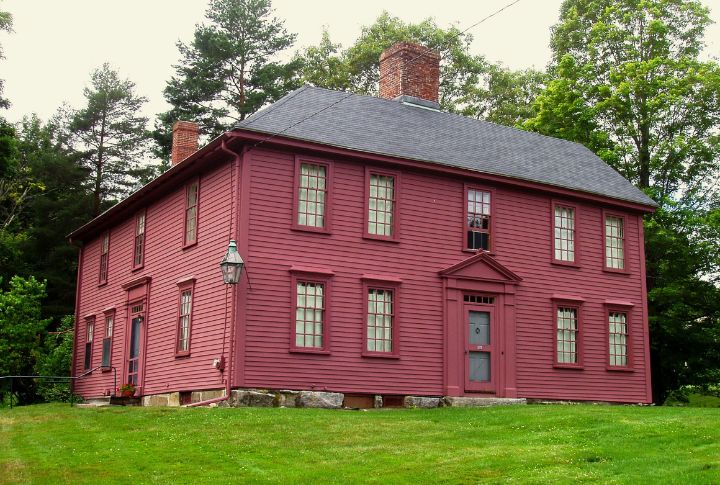
Established in 1735, Munroe Tavern played a big role in the Revolutionary War, serving as a temporary headquarters for British forces and later as a field hospital. The tavern now operates as a museum, which preserves artifacts and accounts from that turbulent era.
The Secret Tunnels
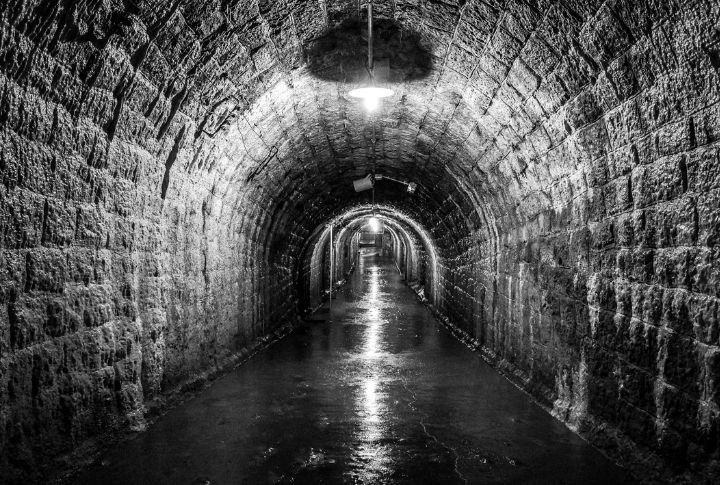
Lexington holds remnants of colonial-era buildings, cellars, and foundations that offer glimpses into its storied past. Scattered throughout the town, these structures reveal early settlers’ craftsmanship and daily lives. Some remain partially intact, while others blend into the town.
Hancock-Clarke House
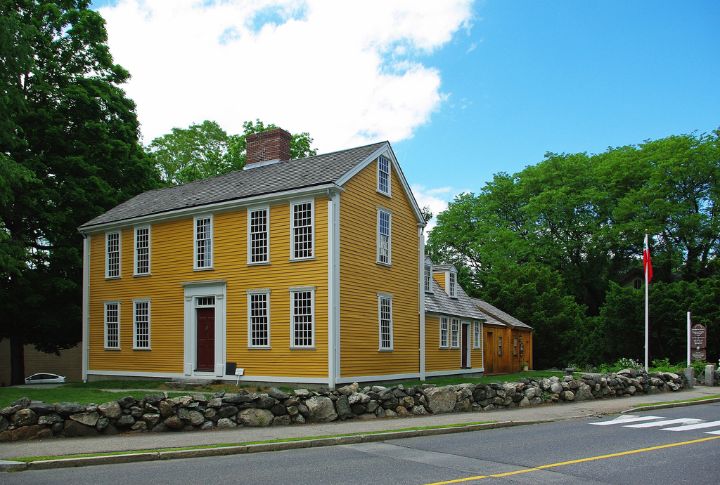
This colonial home was the destination of Paul Revere’s famous midnight ride. Here, John Hancock and Samuel Adams took refuge before fleeing British capture. The house remains preserved as a museum that vividly portrays life on the brink of war.
The Old Belfry

Once perched atop Belfry Hill, the Old Belfry warned of approaching British troops. Though the original was lost to time, a faithful replica stands today and reminds visitors of the urgency and courage that defined Lexington’s role in the Revolution.
The Minuteman Commuter Bikeway
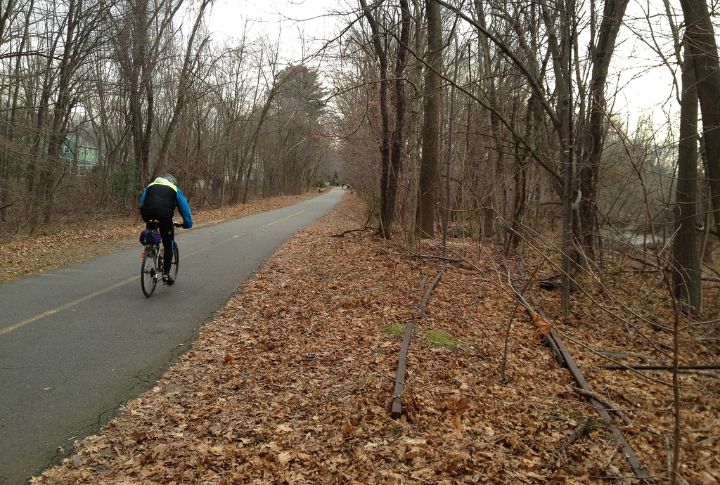
It’s a 10-mile paved rail trail stretching from Bedford to Cambridge, Massachusetts. Established in 1991 along a former railroad corridor, the Minuteman Commuter Bikeway passes through historic sites like Lexington Battle Green and connects to Alewife Station in Cambridge. It provides a scenic route for cyclists, joggers, and walkers.
Lexington History Museums (Formerly, The Lexington Historical Society)
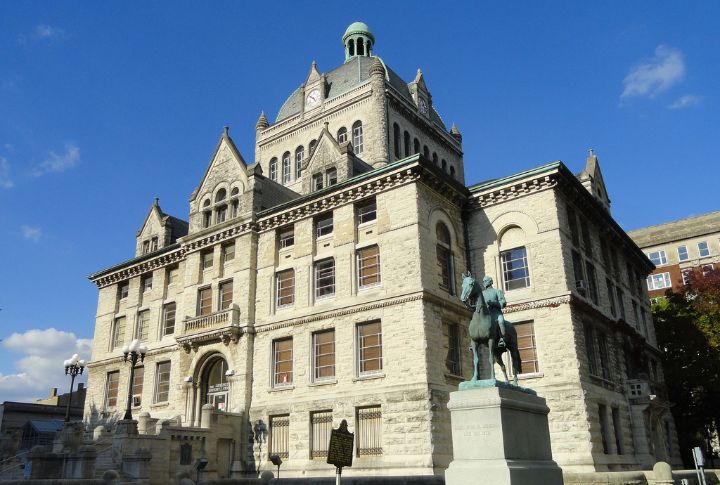
Lexington History Museums offer a rich array of experiences. Visitors can explore historic sites with guided and audio tours, getting unique insights into Lexington’s role in the American Revolution. The museums host rotating exhibitions as well, with over 50 engaging programs and events annually.
